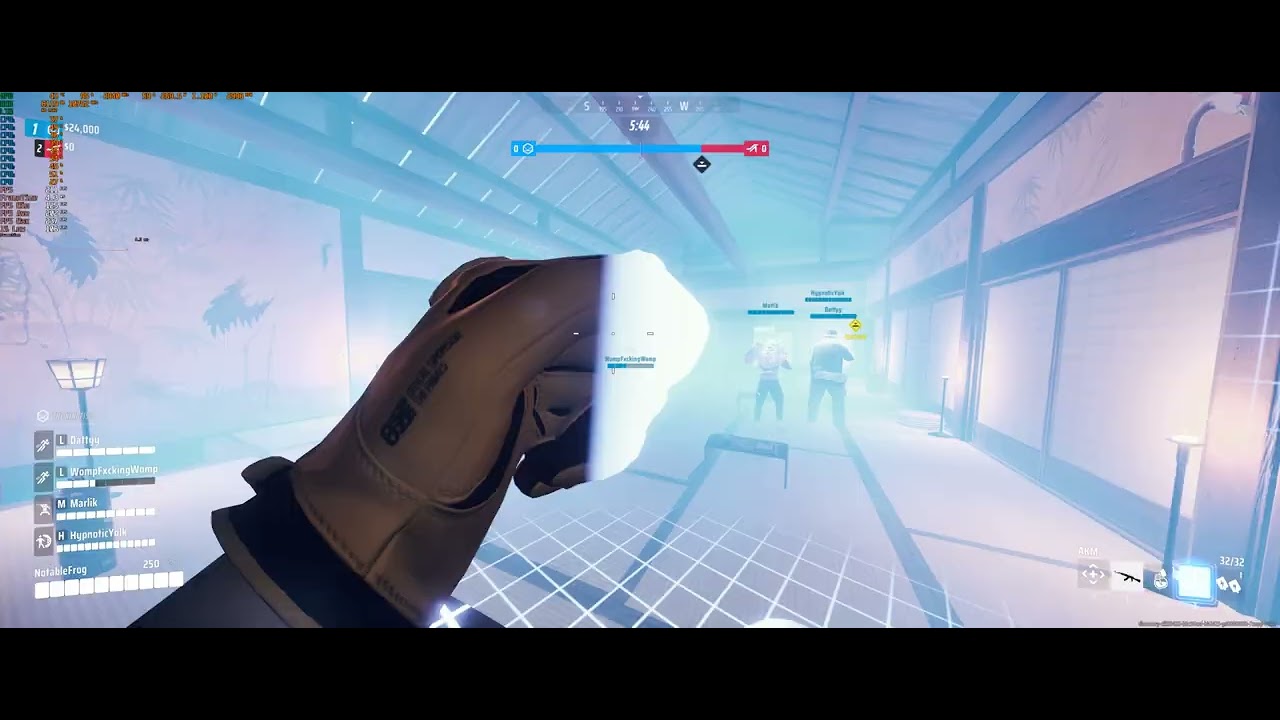I am happy this place exists. Really, there is nothing like it. So please, if you have a minute, tell me what you think.
In Short:
I am trying to decide between starting a build of either x870e system with 9950X3D, or going the workstation route and building a Threadripper system.
If you run Threadripper, do you game on it? Has it impacted your FPS in a significant way?
In Long:
I am running 11900k system, all under custom loop, its been working flawlessly for 4 years. But with tariffs on the horizon, I want to get the components that are available now before price potentially increases. Also Rust compiler is not getting any faster, and I need more cache and cores so I don’t have to sit there staring at console instead of editing code.
I am often switching between two m.2 drives, one running Debian (for web dev and custom AI stuff), and other Windows, for more general windows dev/ui design and games. The selection of x870e motherboards is a bit underwhelming… I want to add another m.2 drive (resulting in total of 4) to move gaming OS (W11) to a dedicated drive. And here is the problem…
With exception of x870e Taichi board (which is out of stock everywhere atm), and MEG Godlike (which is $1k USD), the lane allocation seems to be borderline silly. Installing a 3rd drive on some of these boards (i.e. Aorus Master), seems to downgrade x16 bandwith on primary PCIE slot. The variations of this behavior are present on pretty much every board I’ve looked at. Its a compromise after compromise. Some of these boards make you choose between having functional USB slots, m.2 drive or a secondary PCIE.
After days of looking at these specs and reading mobo manuals… I am seriously considering biting the bullet and getting 7960x and a real motherboard that has no such limitations (because Threadripper has no shortage of lanes).
But looking at gaming benchmarks, its not looking great. Seems like the hit is as bad as 30% in some games. But on the other hand I don’t have to worry about ever running out of device capacity, and can add hardware as needed (like keeping my 3090 when 5090 comes out).
I run 5000 series Threadripper at work, and its been an amazing workstation.
What do you think? Is gaming on Threadripper that bad?
